Today, interaction through websites has become common. Voice commands, immersive ad experiences, and automated content creation make web interaction more adaptive. These innovative implementations signal the need to adapt to new trends in the next year. Web development trends will focus on user preferences, emerging technologies, responsiveness, and accessibility to deliver optimal user experiences.
In 2025, web development will not just be about building websites—it will be about creating seamless, intelligent, and immersive digital ecosystems driven by AI, blockchain, and user-centric design.”
As new advancements in web development evolve, we expect convenience, personalization, and customization. In this detailed article, we will explore the most impactful web development trends for the coming few years. Let’s get started.
Top Web Development Trends: Key Benefits and Industry Impact
| Web Development Trend | Key Benefits | Impact on Web Development |
|---|---|---|
| Artificial Intelligence (AI) | – Personalized user experiences. – Smarter automation. – Enhanced decision-making. | AI enables dynamic and responsive web design, personalized content, and automation of tasks. |
| Blockchain | – Improved security. – Transparency and accountability. – Decentralized applications. | Blockchain allows for secure, transparent transactions, revolutionizing e-commerce and apps. |
| Progressive Web Apps (PWAs) | – Offline capabilities. – Faster load times. – App-like experiences. | PWAs provide fast, reliable experiences on any device, improving user engagement. |
| Edge Computing | – Faster response times. – Reduced bandwidth usage. – Improved real-time data processing. | Edge computing decentralizes data processing for faster web performance, particularly for IoT. |
| Voice Search Optimization | – Enhanced user accessibility. – Natural language interaction. | Voice search improves user engagement by enabling hands-free, efficient searching and browsing. |
| Motion UI | – Engaging animations and transitions. – Interactive design. | Motion UI adds smooth transitions, enhancing user interaction and the overall aesthetic. |
| Single Page Applications (SPA) | – Faster load times. – Fluid user experience. | SPAs create seamless browsing experiences by loading content dynamically, without page reloads. |
| Serverless Architecture | – Reduced server maintenance. – Scalability. – Lower operational costs. | Serverless architecture reduces overhead by outsourcing server management to cloud providers. |
21 Web Development Trends You Can’t Ignore in 2025
1. Artificial Intelligence (AI)
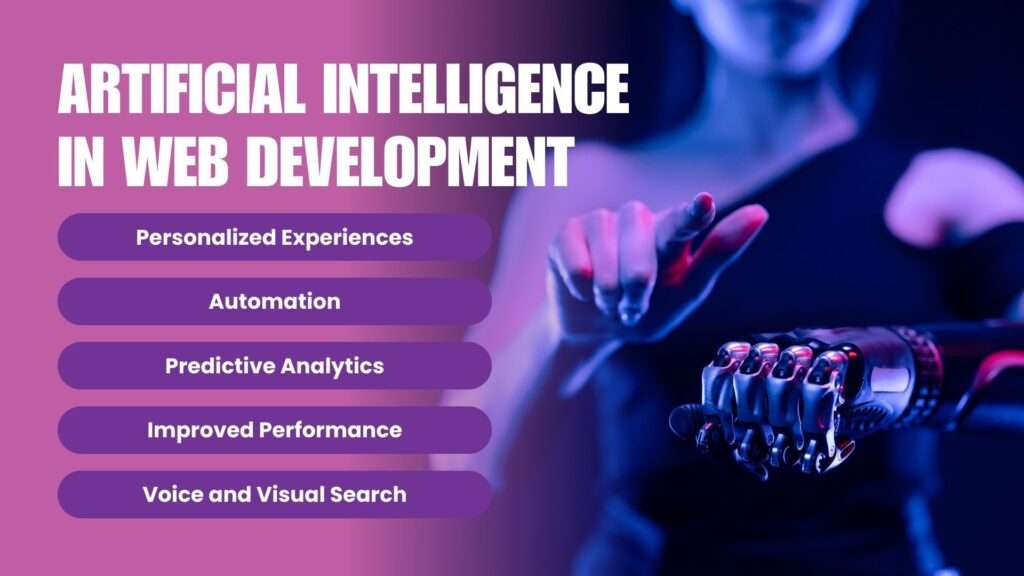
Artificial Intelligence is revolutionizing web development by allowing smarter and more efficient processes. AI can analyze vast datasets, predict outcomes, and make logical decisions. These characteristics of AI can improve websites’ responsiveness and interactivity. Below are key areas where AI helps developers with some practical examples implemented by tech giants:
- Tools like GitHub and Copilot use Natural Language Processing (NLP) to quickly generate code snippets, which can significantly speed up the coding process.
- AI-driven applications such as Canva and Adobe Sensei simplify tasks like layout adjustments and image enhancements, improving design quality and usability.
- Web developers and content creators can produce text, images, and videos using simple prompts.
- AI algorithms customize website design and content based on user behavior. It helps them create personalized interaction.
- AI-based testing tools detect bugs and visual discrepancies quickly and accurately, streamlining the development process.
- AI enhances SEO strategies by analyzing search data to identify keywords and user intent, boosting search rankings and organic traffic.
- AI continuously scans websites for threats, ensuring robust protection against cyberattacks.
2. Blockchain Technology
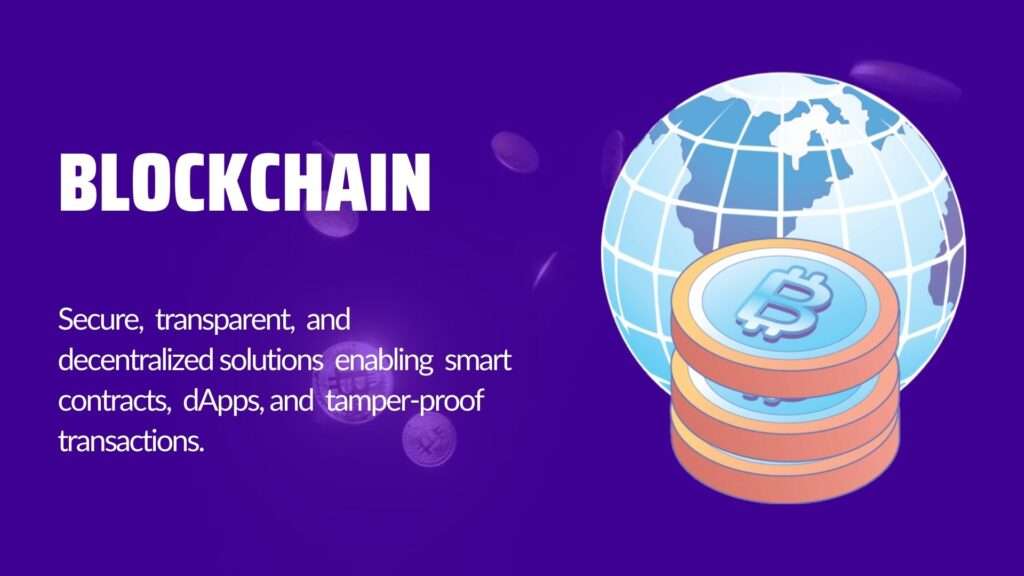
Blockchain development technology, an encrypted data storage system, offers significant advantages for web development. It organizes information in interconnected blocks. These blocks ensure security and initiate tamper-proof transactions. No intermediaries are required in this technology which strengthens transparency and security.
Key applications include cryptocurrency transactions, such as Bitcoin, which have gained popularity due to widespread acceptance by payment platforms. Blockchain also supports open-source development, simplifying web projects and reducing cybersecurity risks.
3. Progressive Web Apps (PWA)
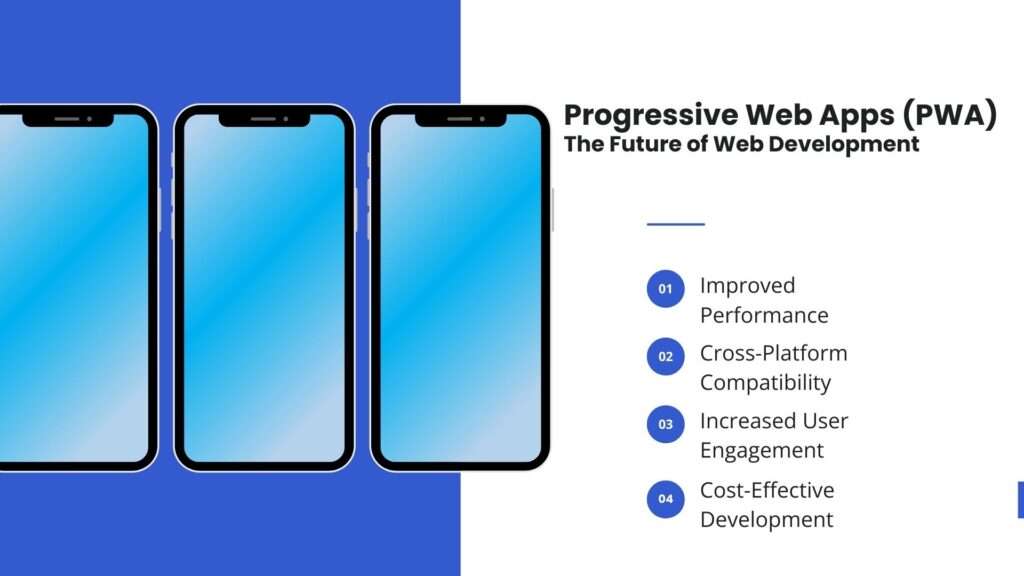
Progressive Web Apps combine the best features of websites and native mobile apps. Built with web technologies like HTML and JavaScript, PWAs work on any device and browser. These apps deliver a fast, reliable user experience, even in offline or low-network conditions. Push notifications and cached content access, PWAs are the best choice for businesses.
4. Internet of Things (IoT)
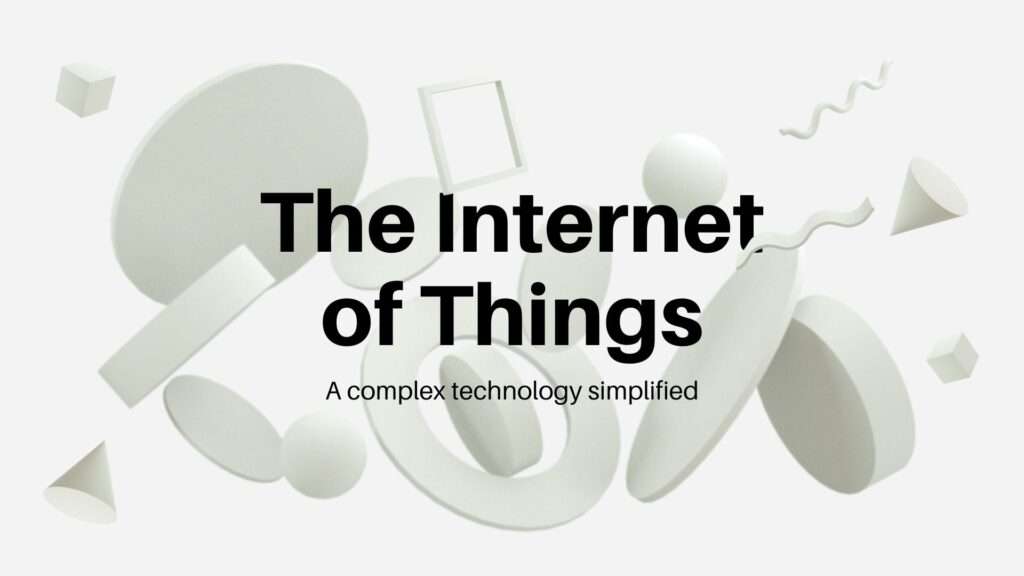
The Internet of Things (IoT) connects devices to the Internet, allowing data exchange without human intervention. This tech trend fosters real-time data transfer, personalized user interactions, and better communication between operational systems. Applications such as sensors, cameras, and signaling equipment showcase IoT’s potential to improve efficiency and fulfill client needs.
5. Accelerated Mobile Pages (AMP)

Accelerated Mobile Pages (AMP) are set to remain a significant trend in web development. This tech innovation creates faster-loading mobile pages. AMP pages load in approximately two seconds. AMP helps websites rank higher in search results and attract more visitors. Additionally, AMP reduces UX costs and is particularly beneficial for users with slower internet connections.
6. Voice Search Optimization
Voice Search Optimization involves tailoring web content to appear in voice-activated search results. Innovations in this field include voice-activated interfaces for websites and apps, which enhance multitasking efficiency. The voice optimization will become essential for modern web development.
7. Single-Page Applications (SPAs)
Single-Page Applications (SPAs) are JavaScript-based applications that load a single HTML page and dynamically update content without refreshing the page. Widely adopted by tech giants like Google, Facebook, and Twitter, SPAs improve performance by reducing the need for full-page reloads. Built with frameworks like AngularJS, SPAs are cost-effective and space-efficient, offering users streamlined experiences.
8. WordPress Development
WordPress is a dominant force in web development. Its open-source platform continually evolves, as it constantly uploads new features to meet diverse user or businesses’ needs. One emerging trend is Headless WordPress, which decouples the front and back ends, allowing developers to use cutting-edge front-end technologies while retaining WordPress’s robust CMS capabilities.
9. Motion UI
Today’s users demand not just faster but more engaging digital experiences, making Motion UI a critical trend. This front-end framework allows developers to create responsive websites and apps with dynamic motion effects such as sliding, spinning, and bouncing. Compatible with all web technologies, Motion UI can be implemented in headers, footers, and menus. Its popularity has grown with advancements in SASS libraries, making it a top choice for enhancing user experience with visually appealing, interactive elements.
10. Serverless Architecture
Serverless architecture is backed by cloud computing to minimize system overload, data loss, and development costs. This approach allows developers to run code without managing servers, with platforms like AWS, Google Cloud, and Microsoft Azure leading the way. This technology supports applications like chatbots, IoT systems, and APIs, enabling tasks like file backups, notifications, and data exports.
11. No-Code/Low-Code Development
Low-code and no-code tech trend is transforming web development by enabling non-technical users to create responsive websites easily. These platforms empower teams to build initial prototypes quickly and scale them as needed, enhancing productivity while reducing reliance on traditional developers.
12. Machine Learning
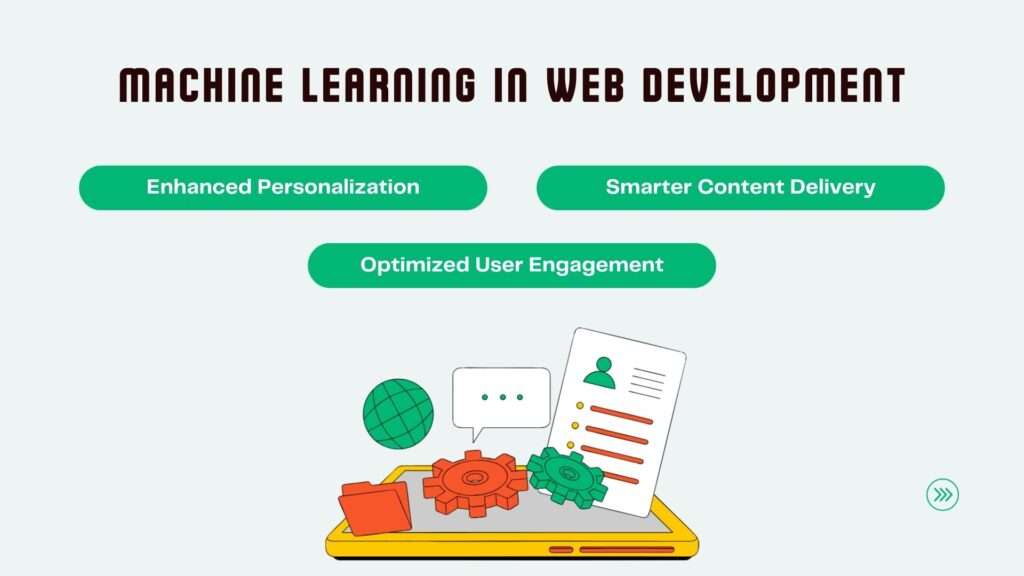
Developers leverage machine learning to enable software to process incoming data, recognize trends, and customize content for users. Machine learning facilitates content personalization without the need to target entire user segments. The algorithms generate customized content that aligns with user intentions. The trend of personalizing content through machine learning is remarkable, as it enables adjustments based on visitor behavior analysis.
13. Data Security
Data security shields digital information against unauthorized breaches or cyber threats. Cyberattacks can significantly harm both a business’s operations and its reputation. Consequently, data security is poised to be a leading trend in web development technologies throughout 2025 and coming years.
In the near future, advancements in artificial intelligence are expected to play a crucial role in enhancing data protection measures. AI-powered tools are becoming increasingly effective at identifying potential threats.
14. Core Web Vitals
Core Web Vitals represents a significant trend in web development that is expected to persist for the foreseeable future. Launched by Google in 2020, Core Web Vitals consists of a set of three key metrics that, when optimized effectively, can enhance the overall user experience on your website. Google indicates that these metrics may evolve over time based on user perceptions of what constitutes an excellent page experience.
Largest Contentful Paint (LCP)
This metric measures the loading speed of the most significant content element on a page, which could be text, an image, or a video. The ideal benchmark is 2.5 seconds or less.
First Input Delay (FID)
This metric assesses how interactive your page is, specifically measuring the time it takes for your website to react after a user interacts with it, such as clicking a link or pressing play on a video. The target score is 100 milliseconds or less.
Cumulative Layout Shift (CLS)
This metric evaluates the visual stability of your page. If elements shift during loading, it can lead to a poor user experience. A benchmark score of 0.1 or lower is recommended.
Various tools such as PageSpeed Insights, Google Search Console, and Lighthouse are available to help assess and improve your website’s Core Web Vitals scores.
15. Meta-Frameworks
The rise of meta-frameworks has transformed web development by offering an interface that facilitates working across various frameworks. Although single-page applications (SPAs) and server-side rendering (SSR) continue to be popular methodologies, meta-frameworks can be integrated with both approaches and provide benefits like quicker development cycles, simplified code maintenance, and enhanced performance. Next.js is one of the most prominent meta-frameworks, closely linked with React.js.
This connection contributes significantly to Next.js’s popularity among developers. Conversely, Remix offers an alternative approach to React.js integration by emphasizing adherence to web standards. Other notable meta-frameworks include SvelteKit, built on Svelte.js and backed by Vercel, and SolidStart, which is based on Solid.js and aims to deliver an improved developer experience compared to React.js.
16. Database Renaissance
The phrase “Database Renaissance” refers to the recent revival of interest and innovation in database technologies following a period dominated by a few major players. This resurgence has been fueled by factors such as the expansion of big data, advancements in cloud computing, and the adoption of new application architectures and programming languages. Consequently, numerous new technologies, tools, and databases have emerged to meet the evolving needs of modern applications and data management. For instance, contemporary databases and management tools have been tailored for microservices and serverless architectures.
Prominent options in the serverless database landscape include PlanetScale (MySQL), Neon (PostgreSQL), and Xata (PostgreSQL), which provide features like database branching, schema comparisons, advanced searching capabilities, analytics, and insights. The transition to cloud environments has also simplified database deployment and management while fostering the creation of new cloud-native databases and services.
17. Monorepos
A monorepo, or monolithic repository, is a type of source code repository that consolidates all application or microservices code into a single location, typically utilizing Git. By implementing a monorepo with an integrated automated build and deployment process, many common development challenges can be addressed. Today, monorepos are not exclusive to large applications; even smaller companies and open-source projects can reap their benefits.
For example, a company might maintain various packages within a monorepo that includes shared UI components, a unified design system (such as reusable corporate branding), and commonly utilized utility functions relevant to their domain. Despite their advantages, monorepos can expand significantly in size; Google reportedly maintains one of the largest code repositories globally, with tens of thousands of daily commits exceeding 80 terabytes in size.
18. Data Compliance
As organizations increasingly focus on protecting user data and adhering to regulations in response to rising cybersecurity threats, Data Compliance has become a key trend in web development this year. It is essential for companies to meet data regulations and ensure the security of customer information. Given the surge in cyber threats, it is imperative to have strategic incident management and team training in place to mitigate data breaches.
Countries have their own specific data compliance requirements, such as GDPR for European users and CCPA for California businesses. Failure to comply can lead to significant fines. To prevent long-term repercussions, organizations must follow both local and international data protection laws, making compliance a vital aspect of web development.
19. 3D Elements

To enhance user engagement and create more immersive experiences, web developers are increasingly incorporating 3D elements into their designs. The rise of high-definition displays like 2K and 4K has propelled 3D design into the spotlight. These features contribute to creating interactive and captivating user experiences, thereby improving overall website aesthetics.
Utilizing 3D models, animations, and interactive components can significantly enhance user engagement. Furthermore, 3D elements facilitate the communication of complex information in a more intuitive way, making them particularly beneficial for educational platforms and product demonstrations. Additionally, the use of 3D visuals can elevate a website’s attractiveness, leading to better brand recognition and customer retention, solidifying 3D as a leading trend in web design.
20. Web 3.0
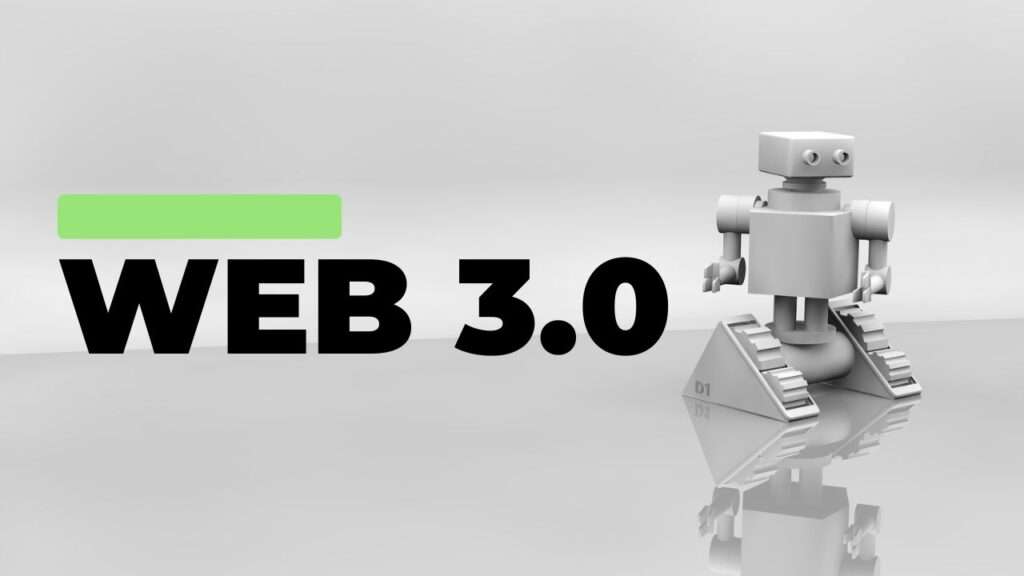
The internet has evolved significantly since its inception, transitioning from static pages to dynamic platforms. The latest evolution is known as Web 3.0 or the Semantic Web, which emphasizes decentralization, user empowerment, and ownership of data.
Decentralization
Web 3.0 employs blockchain technology to create a decentralized infrastructure that reduces the control large tech companies have over user data while enhancing security and eliminating single points of failure.
Data Ownership
Users gain more authority over their personal information by choosing what to share and with whom, fostering increased privacy.
Interoperability
Web 3.0 aims for a seamless internet experience across different platforms and applications, improving overall user satisfaction.
21. Edge Computing
Edge Computing revolutionizes data processing by moving it closer to where data is generated, resulting in faster response times and reduced bandwidth usage. This shift is transforming web development by altering how applications are built and delivered. Traditionally reliant on centralized servers, developers are now leveraging edge nodes situated nearer to end-users for quicker data processing and content delivery.
This approach is particularly advantageous for real-time web applications where low latency is critical. It also plays a crucial role in Internet of Things (IoT) applications by enabling immediate data processing that leads to timely insights and actions. Thus, this method represents a significant evolution in web development towards more efficient and responsive applications focused on user needs.
What Is the Future of Web Development?
The year 2025 is expected to bring numerous advancements in web development trends. This blog has already outlined several key trends for the future: Blockchain technology, Progressive Web Apps (PWAs), Accelerated Mobile Pages (AMPs), Artificial Intelligence (AI), Virtual Reality (VR), micro frontends, among others will play pivotal roles in shaping web development trends moving forward. These technologies are anticipated to dominate in the coming years as they continuously adapt to meet public demands.
SAG IPL has been leading the digital transformation for over ten years, providing exceptional web development services globally. Our skilled web development teams stay updated with current trends to deliver top-tier services. If you’re interested in integrating these trends into your website development projects, consult with our experts today.
Enjoyed our take on web development trends? Explore more of our blogs


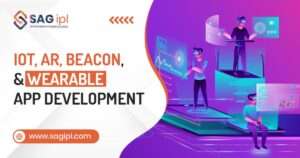

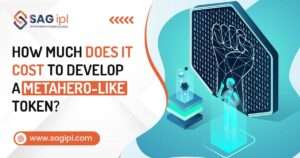

![Innovative UI/UX Designing for iPhone X [2025 Guide] UI/UX Designing for iPhone X](https://blog.sagipl.com/wp-content/uploads/2023/10/UI-UX-Designing-for-iPhone-X-300x158.jpg)
